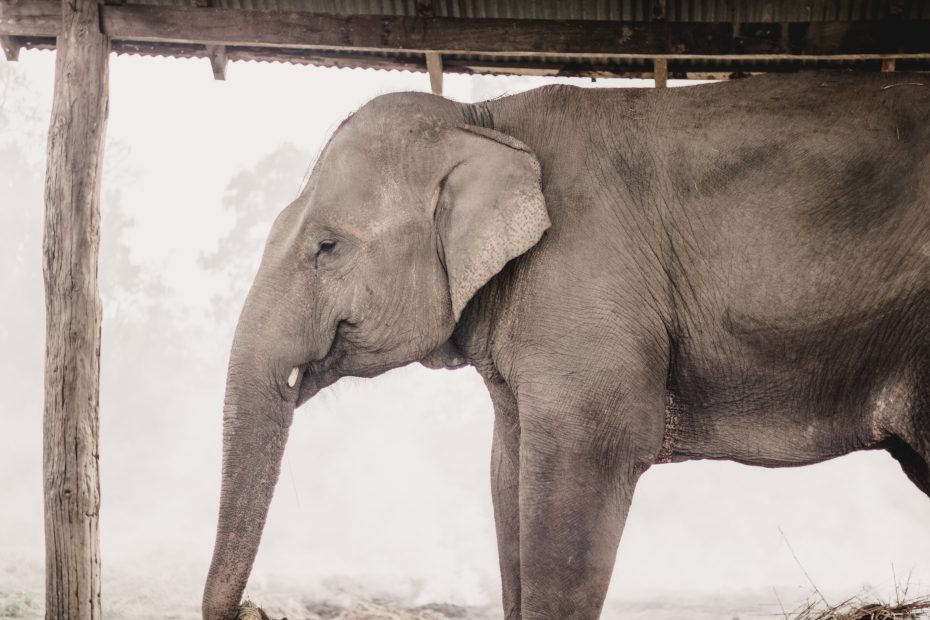Table of Contents
Introduction
Nestled in the lush Terai lowlands of southern Nepal, Chitwan National Park is one of the most renowned wildlife sanctuaries in Asia. Recognized as a UNESCO World Heritage Site, it protects over 932 sq km of pristine forests, marshes, and grasslands that are home to majestic animals like the iconic one-horned rhinoceros and the elusive Royal Bengal tiger. Offering an incredible safari experience, Chitwan invites you to journey through its jungles teeming with wildlife.
History and Background
Chitwan was established as Nepal’s first national park in 1973, providing a safe haven for endangered species. This area used to be a royal hunting ground until 1950 when it was opened for conservation. Over the years, the park has expanded from 544 sq km to its current size. Chitwan has succeeded in protecting and breeding wildlife, especially the rhino. Its rich biodiversity also led to its inscription as a World Heritage Site in 1984.
Geography and Climate
The park spans the floodplains of the Narayani, Rapti, and Reu Rivers in the subtropical inner Terai lowlands of south-central Nepal. The moist deciduous forests, wetlands, and tall elephant grasslands sustain a wide variety of flora and fauna. The region experiences a tropical monsoon climate with hot summers and mild winters. The average annual temperature is 25°C.
Wildlife and Biodiversity
The dense jungles of Chitwan are a paradise for wildlife enthusiasts. The park proudly hosts over 700 one-horned rhinoceros along with around 120 Royal Bengal tigers. Other mammal species found here include leopards, sloth bears, wild elephants, striped hyenas, hoolock gibbons, Gangetic dolphins, sambar deer, barking deer, and four kinds of antelopes.
The Rapti River is home to endangered gharials and marsh muggers along with otters and turtles. Over 450 species of birds have been recorded, like the Bengal florican, lesser adjutant stork, giant hornbill, and Indian peafowl. Strict anti-poaching measures and habitat management have greatly aided conservation.
Activities and Attractions
Jeep safaris are the most popular way to explore the park’s interior landscapes. Exciting elephant safari options are also available to observe wildlife from the vantage of these gentle giants. Expert naturalists accompany all safaris. For a unique perspective, take fascinating jungle walks through the wilderness. Canoe rides down the Rapti River offer a chance to spot aquatic species.
Several watchtowers are strategically placed inside the park to get panoramic views of the forests and spot wildlife. Informative museums and visitor centers provide insight into the native flora and fauna. Cultural programs showcase local Tharu tribal traditions.
Staying in Chitwan
Chitwan boasts a great selection of comfortable resorts and lodges to immerse yourself in nature. Luxury options like Tiger Tops Jungle Lodge provide world-class amenities and elephant safaris. There are also many budget hotels within and around the park. Most lodges organize jeep safaris and other activities. Getting around is easy by foot, bicycle or motorcycle.
Best Time to Visit
The dry season between October to March is ideal to visit Chitwan. The winter months offer pleasant weather and great wildlife sightings. It’s best to avoid the monsoon months from June to September due to heavy rainfall and floods.
Travel Tips
- Book guided safari tours for a knowledgeable experience
- Always show respect towards wildlife and avoid getting too close
- Binoculars and cameras are must-haves on safari
- Wear neutral-colored clothing and comfortable shoes
- Carry sunscreen, hats, and mosquito repellent
Impact on Local Community
Chitwan has preserved the traditional lifestyle of the indigenous Tharu people who live in harmony with nature. The park provides socio-economic benefits through eco-tourism. Local people are involved in lodge management and guiding activities. Conservation of wildlife also enables a lasting co-existence.
Conclusion
For a thrilling rendezvous with exotic wildlife against the picturesque backdrop of steamy jungles, head to the incredible Chitwan National Park. Its diverse natural beauty and conservation success make it an iconic safari destination. The few days spent exploring this untamed wilderness will surely create lifelong memories. Plan an adventurous safari trip to Chitwan for an unforgettable experience.
FAQs
Q: What is the best way to see wildlife in Chitwan National Park?
A: Jeep and elephant safaris led by expert guides provide the best opportunities for wildlife viewing in Chitwan National Park.
Q: When is the best time to visit Chitwan National Park?
A: The dry winter season from October to March is ideal for visiting Chitwan as the weather is pleasant and wildlife sightings are great.
Q: What animals can be seen in Chitwan National Park?
A: Chitwan is famous for the one-horned rhino and Royal Bengal tiger. Other highlights include leopards, sloth bears, wild elephants, crocodiles, and over 450 species of birds.
Q: Are there accommodation options available inside Chitwan National Park?
A: Yes, there are several luxury resorts and budget-friendly lodges located within and right outside the park boundaries.
Q: What activities can be done in Chitwan National Park besides safaris?
A: Other recommended activities include jungle walks, bird watching, canoe rides, visiting tribal villages, and cultural shows.
